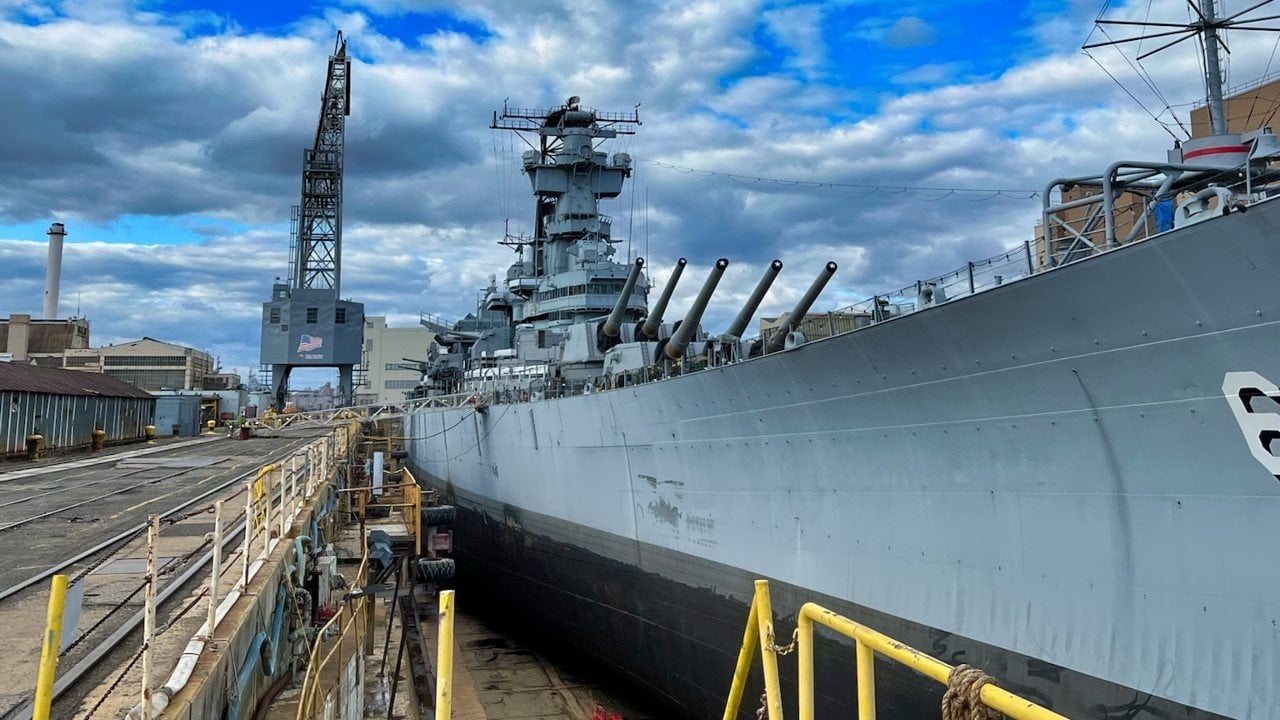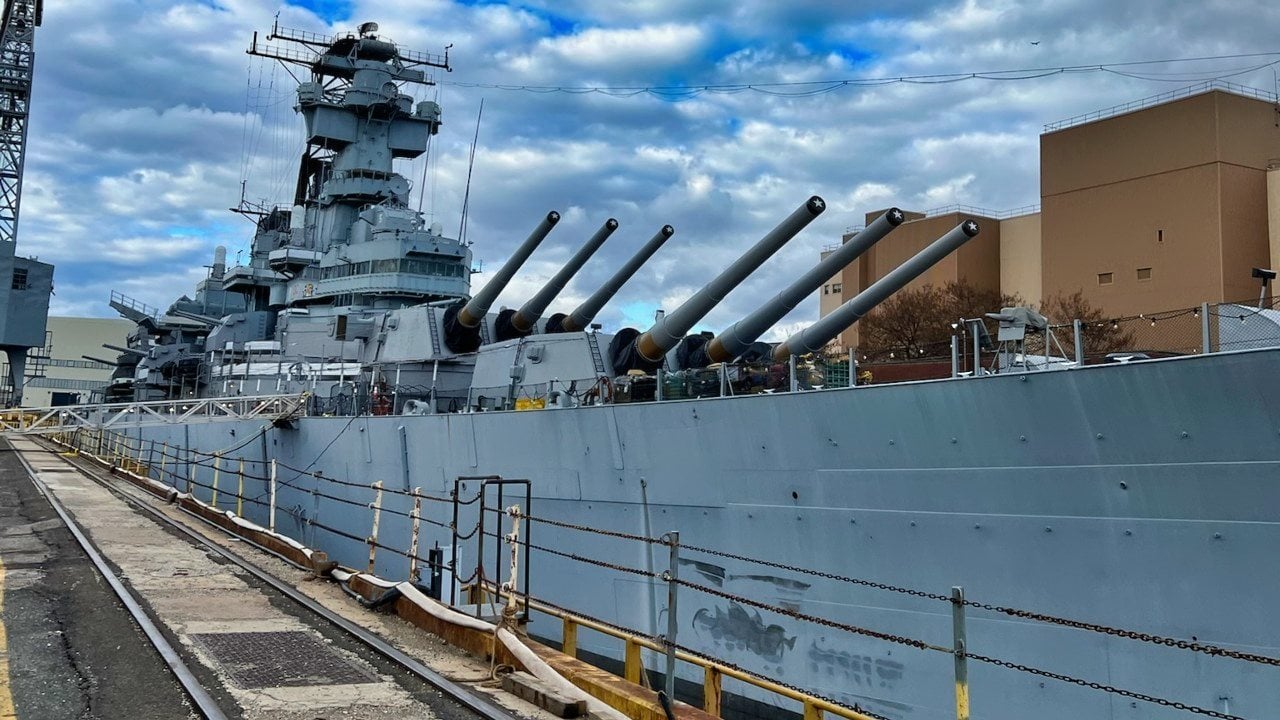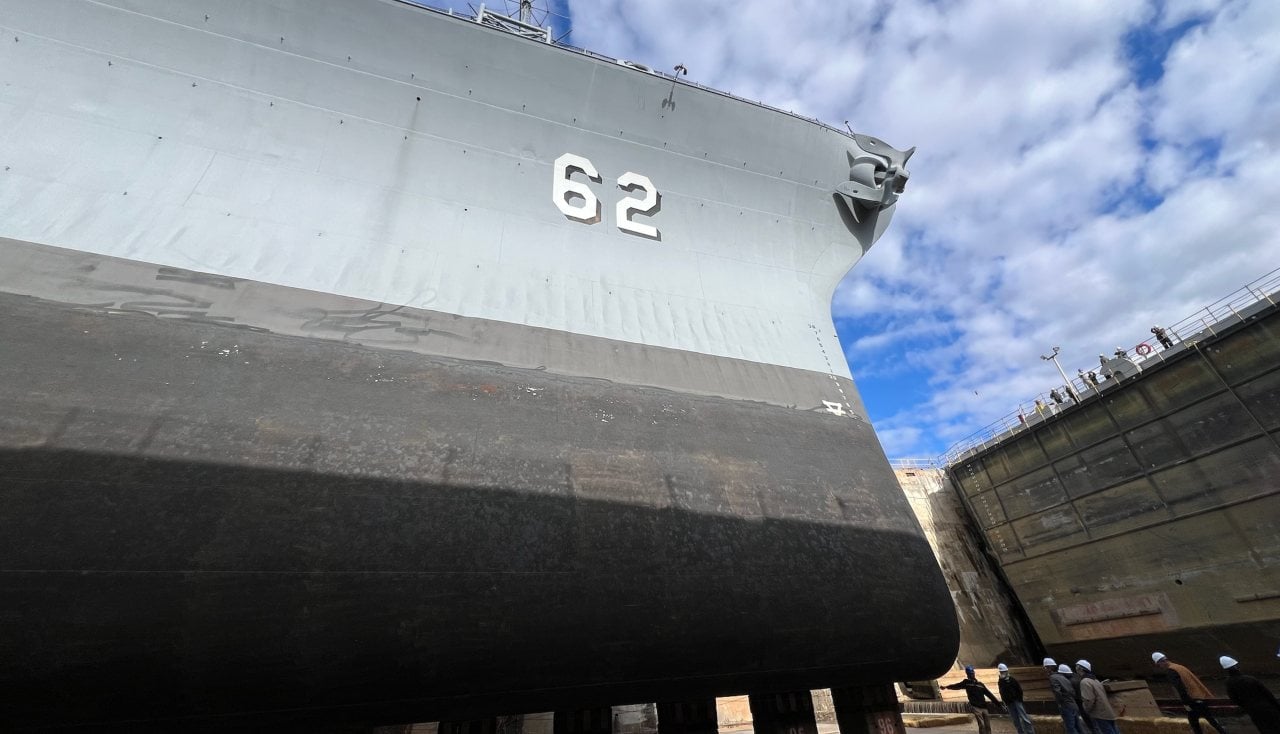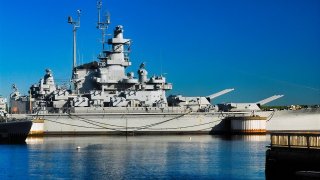The Age of the Battleship Is Never Coming Back
As debates intensify over the efficacy of aircraft carriers in modern naval warfare, a faction within the defense community suggests reviving battleships to counter emerging threats. However, this perspective faces criticism for overlooking the advancements in anti-access/area denial (A2/AD) capabilities, which also threaten traditional battleships.
Summary: As debates intensify over the efficacy of aircraft carriers in modern naval warfare, a faction within the defense community suggests reviving battleships to counter emerging threats. However, this perspective faces criticism for overlooking the advancements in anti-access/area denial (A2/AD) capabilities, which also threaten traditional battleships. The argument shifts towards submarines as the optimal solution for power projection and stealth operations, especially against near-peer adversaries like China. Submarines' ability to operate undetected underlines their strategic value in bypassing A2/AD defenses, supporting special forces, and ensuring military readiness without relying on increasingly vulnerable surface warships.

The Return of the Battleship? Why Submarines Are the True Future of Naval Warfare
With the future of the aircraft carrier being called into question in many quarters of the defense community, some have started to look backward to a time before the rise of the aircraft carrier.
A handful of defense experts argue that, instead of relying on the aircraft carrier as the backbone of the US Navy’s fleet, America must return to the battleship.
In today’s age of contested battlespace, anti-access/area denial (A2/AD), and near-peer competitors, firepower and heavy armor, of the kind that the battleships of old once packed, is the necessary answer to the Navy’s growing quandary of whether it should continue investing in aircraft carriers or look for a new capital ship.
Battleships: Everything Old is New Again
It’s tempting to believe that the aircraft carrier was a wrong turn in the evolution of the US Navy’s surface fleet.
After all, the flat tops were never viewed before the Second World War as anything other than a sideshow.
With the exception of Billy Mitchell, who showed how maritime-based airpower launched from an aircraft carrier could destroy surface warships, few in the US Navy considered the aircraft carrier as a serious investment. Indeed, the rise of the aircraft carrier as the premier US Navy warship was a fluke.
When the Japanese launched their surprise attack against Pearl Harbor in 1941, a large number of battleships had been sunk in port. In contrast, the US Navy Pacific Fleet’s aircraft carriers had survived, making them the only viable option for US military war planners to use in their counterattack against the Japanese.
After 1945, because of the immense power projection capabilities that aircraft carriers offered the United States during the Cold War, Washington’s investment into these technological marvels continued. The battleship, once the symbol of naval power, had become an afterthought. Today, as rival states have increasingly sophisticated antiship and anti-aircraft defensive capabilities, the cumbersome and expensive aircraft carriers that the United States routinely deploys to the world’s hotspots are quickly becoming strategic liabilities.

The Navy, therefore, needs a new platform. So, naturally, many are looking backward. Perhaps the battleship was always the best capital ship for the Navy. It’s just that, by a quirk of history, the aircraft carriers became the dominant warship in the US Navy’s fleet. But that time is ending as the world enters into the geopolitical instability of a multipolar era.
But the battleship is a dinosaur. Sure, new aged versions would allow for a heavy punch to be made against any fortified positions belonging to a near-peer rival. Yet, they too, would be subjected to the same kind of A2/AD attacks that the carriers would be. Besides, a concentration on surface-based firepower is essentially what the Russian Navy (and the Soviet Red Navy before that) has traditionally fixated on.
The Russian Navy today is obsessed with the kind of firepower that surface heavy cruisers can provide their forces. As the sinking of the Russian Black Sea Fleet flagship, the Moskva, has shown, the great surface warships are vulnerable to air attack or attack from missile emplacements. These warships, despite their advanced capabilities, can—and will—be sank before they can even really contribute to whatever war effort they are engaged in.
Run Silent, Run Deep Instead
The solution is neither the aircraft carrier nor the battleship. It’s the submarine. The United States will soon face a conflict in which a near-peer rival, such as China, deploys their A2/AD capabilities in such a way that it keeps the bulk of the US Navy’s assets beyond-the-horizon and, therefore, combat-ineffective.
China believes that by seriously threatening the safety of expensive US Navy systems, like the aircraft carrier, the Americans will keep these assets away from China’s antiship missiles.
The lack of US carriers will effectively stymie the US Navy’s ability to stop—or even complicate—a likely Chinese invasion of Taiwan.

While submarines are certainly able to be tracked and destroyed. Although, their ability to run -silent-and-run-deep, as the old movie title says, makes them far harder to destroy. What’s more, they still allow for necessary power projection in a contested domain. And their stealthy presence beneath the waves gives the US Navy the ability to harry any potential Chinese invasion fleet. Beyond that, submarines could smuggle special forces, equipment, and arms to insurgents battling a Chinese invasion on Taiwan after the island inevitably falls to the larger Chinese invasion force.
An all-hands-on-deck mentality needs to be embraced among America’s defense planners as they seek to build new systems to enhance America’s military capabilities. Rather than spending good money after bad investments, then, an expansive and rapid buildup of submersibles must be undertaken immediately to rollback China. Neither aircraft carriers nor battleships will be able to do that.
About the Author
Brandon J. Weichert is a former Congressional staffer and geopolitical analyst who is a contributor at The Washington Times, as well as at American Greatness and the Asia Times. He is the author of Winning Space: How America Remains a Superpower (Republic Book Publishers), Biohacked: China’s Race to Control Life, and The Shadow War: Iran’s Quest for Supremacy. Weichert can be followed via Twitter @WeTheBrandon.
Main image is from Shutterstock. All other images are from Ethan Saunders.


